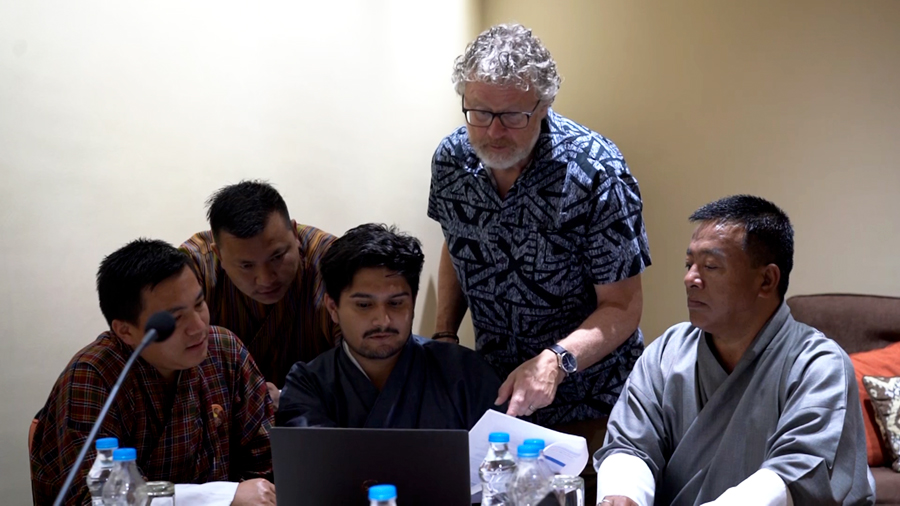
The Department of Geology and Mines plans to revise Mines Restoration Guidelines, making it mandatory for companies to adopt progressive closure practices for mining sites. Progressive closure is the implementation of closure activities during the construction and operation of mines rather than waiting until the end of the mining activity. This is in accordance with the recommendations of the Intergovernmental Forum on Mining, Minerals, Metals, and Sustainable Development, IGF. Currently, only a few mining operators in the country adhere to this practice, largely due to the lack of formal regulations.
According to the Intergovernmental Forum, a progressive closure of mining sites has several advantages. By planning for closure early, mining companies can reduce future liabilities and costs associated with rehabilitation, promoting more sustainable financial practices.
Moreover, it also helps minimise the long-term environmental impacts of mining. By rehabilitating land during the mining process rather than waiting until the end, companies can ensure a healthier ecosystem.
“One of the mines here in Bhutan that we have been talking about has been operating for almost 30 years or even over 30 years. So rather than leaving that site as a disturbed site for such a long period of time, what progressive restoration does is you start to restore those parts of the site that are no longer needed because you are not mining the whole site for at the same time for 30 years. That way you are reducing the impact and restoring it back to the natural area while you are still operating in another parts of the site and that’s considered international best practice,” said Rob Stevens (PhD), senior associate and mine closure specialist, IGF.
According to the Department of Geology and Mines, the absence of clear guidelines has slowed the adoption of important environmental and safety measures.
“In Bhutan, maybe we are lacking because mining operators, promotors of the private sector do not understand the benefits of early on tackling with the issues of reclamation so that later part of their mine life, they do not have to invest so much and they do not have to do so much of work which actually have lots of advantages and it falls upon institution like DGM also to advocate and make them aware of these things,” said Phuntsho Namgyal, director of DGM.
The forum also emphasized on how Bhutan should explore different ways to use the mining sites after its use.
Currently, the most common practice in the country is restoring these sites to its natural state.
“I think one of the advantages that Bhutan has is such extensive natural land. There is so much requirement for that using the disturbed mine sites for other purposes, even for example as a solar power generating facility, why not use disturbed site to generate solar power site rather than disturbing other site? And because there are so much natural land already, maybe there is a little less need to fully restore to a natural setting. Some countries have a very littleforest cover left. Its almost being cut down. And in that case, restoring a mine site to natural setting may be an important outcome because they have little forest left,” said Rob Stevens (PhD), senior associate and mine closure specialist, IGF.
The Department of Geology and Mines became a member of the Intergovernmental Forum on Mining, Minerals, Metals and Sustainable Development in December 2018.
The IGF is a member-driven organisation that brings together mining sector, industries and civil societies to find practical solutions and engage in dialogue on sustainable development in the field of mining.
Samten Dolkar
Edited by Sonam Pem










